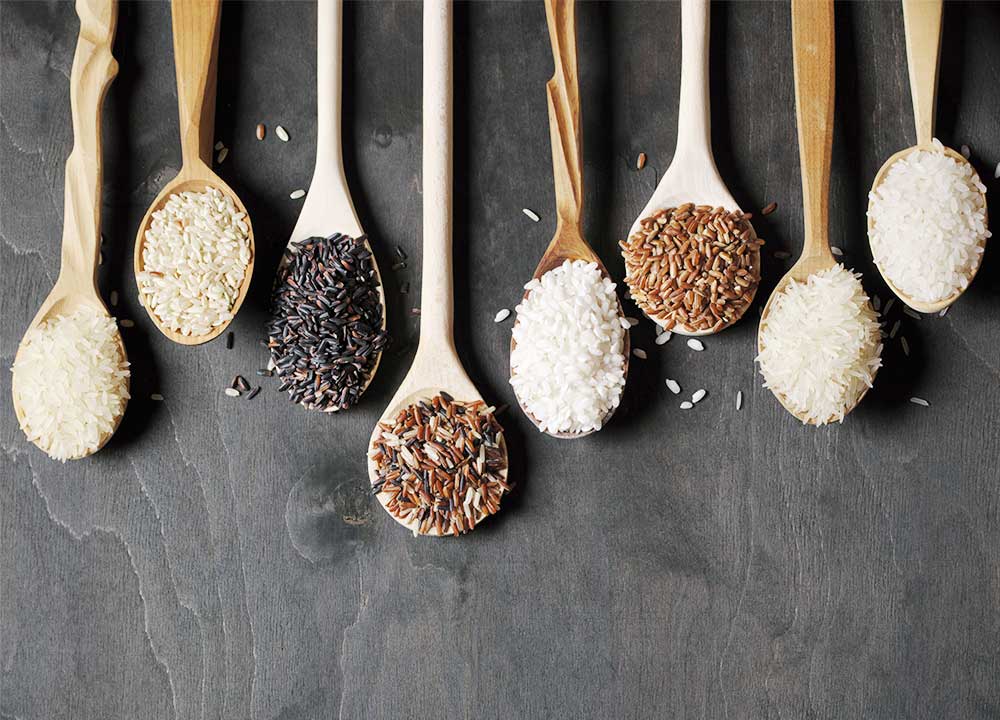Are you going gluten-free? If so, you are in good company. Many people across the world, especially in Canada and America are reducing the gluten in their diets. Some are doing this because they have a confirmed diagnosis of Celiac disease, some are gluten sensitive, and others are finding that reducing gluten aids them in weight loss.
Before we get started, there are some things to know and what the difference is between gluten intolerance, gluten allergy, and celiac disease.
What is gluten? Gluten is a protein found in certain grains such as wheat, barley, rye, spelt and semolina. It not only gives baked goods their characteristic texture and chewiness, but it is also used in the processing of many other foods to add thickness, flavor and added protein.
If someone has Celiac disease, they have a condition in which the body experiences an immune reaction when gluten is eaten. The result is damage to the inside of the small intestine, which impairs absorption of nutrients. Gluten sensitivity is different in that the reaction to gluten is less severe and less damaging to the small intestine, but physical symptoms are still present, such as nutritional deficiencies, gastrointestinal difficulties, and headaches. In spite of their differences, both conditions are treated by removing gluten from the diet.
When people describe they have a “gluten allergy” they most likely have an intolerance and not an allergy. Remember, if you’re allergic to something, you’ll have a severe reaction. For example, many people are allergic to peanuts. The moment peanuts are present in their food, their throat closes up and needs to get medical attention as possible. Having an intolerance to gluten or any food just means that the moment you consume it your body gives you some feedback and things don’t feel quite right. Maybe you’ll end up with an upset stomach, bloating, gas, etc., but you won’t be rushing to the hospital with an intolerance.
It is not just those who have a diagnosed sensitivity to gluten who are removing it from their diets, though. Many healthy people are reducing gluten, usually because they are interested in lowering carbohydrates in their diets. Most bread, pasta, and baked goods contain carbohydrates because they contain wheat. If you are interested in lowering your carb intake, going gluten-free is one way to do that because traditionally, many baked goods are made with wheat, which is high in gluten. When you remove wheat from your diet, you have fewer choices when it comes to carbs.
But “fewer choices” does not mean “no choices.” With the explosion of interest in gluten-free products, food manufacturers have stepped-up the production of baked goods that look, taste and feel like traditional, gluten-containing foods, but are in fact, gluten-free. From bread to cinnamon rolls to pasta, there is a gluten-free food to satisfy nearly any craving you might have. The important thing to note here is that if you see gluten-free cookies at the grocery store, that doesn’t mean those cookies are healthier than regular cookies. A cookie is still a cookie, look at the nutritional values on the back of the box, you’d be surprised to find that the caloric values are almost the same.
This movement of gluten-free options is good news for those who need alternatives, but it is also bad news because it is easy to mistake gluten-free for carb-free. The two are not the same. Carbs are found in many other grains and foods and are often present in significant amounts in gluten-free products. It is tempting to think that because a cracker or brownie is gluten free that you can eat as many as you want. You can’t. Those crackers and brownies are likely to be very high in carbs and calories, as well as other unhealthy ingredients, such as sugar. When you eat these foods, you are simply trading one carb source for another. If weight loss through carb restriction is your goal, this will slow down your progress.
Your best defense is to be informed. Know what you are eating. Before you eat a gluten-free product, read the label. Check the ingredients, the carb and sugar count and the number of calories it contains. And stay on the lookout for foods that are both low in carbs and low in gluten. And of course, practice moderation. Too much of anything is seldom healthy.
Trends and movements like “gluten-free” will come and go, don’t be fooled and change your entire eating habits to fit a “cookie cutter” mold thinking it will solve your bad eating habits.
Good nutrition is king. Make sure you eat plenty of vegetables, lean sources of protein, healthy fats and a lot of water for a long period of time, you’ll see the changes you want.









Leave A Comment